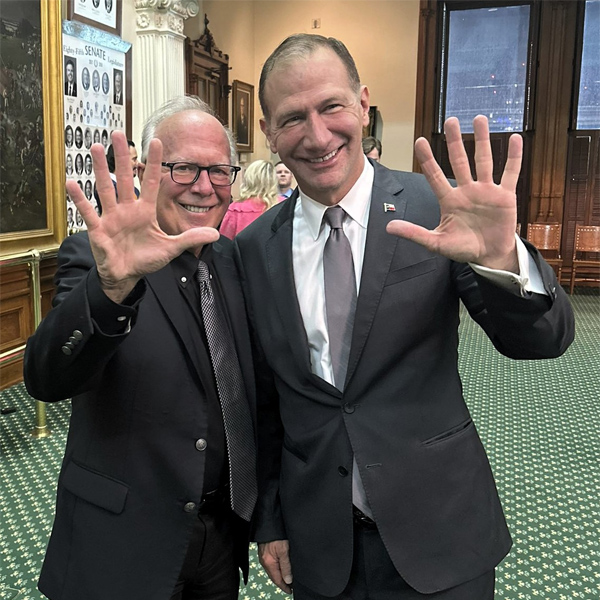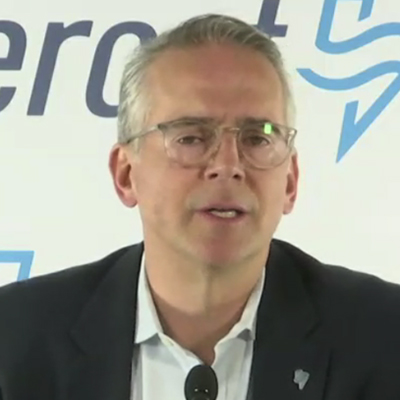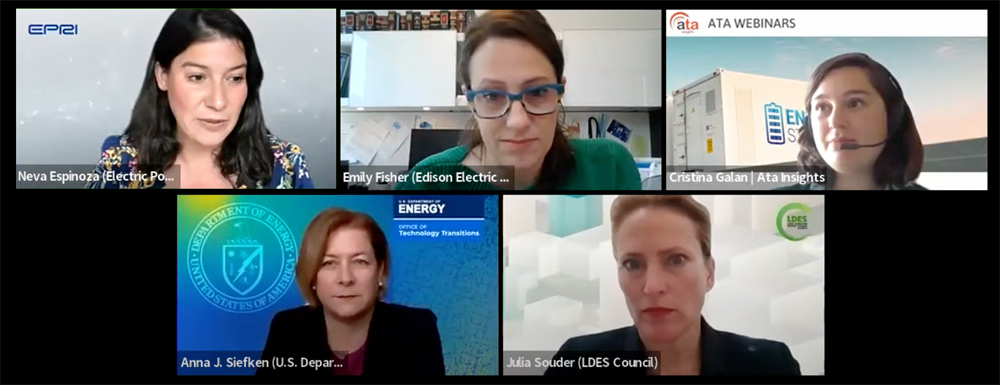New York agencies on Thursday kicked off the first in a series of public webinars dedicated to explaining and seeking comment on the state’s proposed emissions-reduction and reporting policy, the cap-and-invest program.
The economywide program is a centerpiece of New York’s clean energy transition and, as proposed, would use money from the auctions of emission allowances to both offset consumer costs associated with the transition and fund clean energy projects needed to achieve the goals set out in the state’s Climate Leadership and Community Protection Act (CLCPA). (See “Cap and Invest,” NY State Reliability Council Executive Committee Briefs: May 12, 2023.)
Hosted by the Department of Environmental Conservation (DEC) and New York State Energy Research and Development Authority (NYSERDA), the meeting covered the current proposed structure of the program, solicited initial public questions, and shared the rulemaking or regulatory considerations on which the agencies want feedback.
The program’s rules and regulations will be written by the DEC in consultation with NYSERDA, which will be responsible for dispersing money collected from auctions to relevant clean economy projects. Roughly a third of those funds will be prioritized for disadvantaged communities to help offset rising energy costs. (See NY Climate Justice Panel Sets Disadvantaged Community Criteria.)
The agencies sought feedback on multiple aspects of the proposal, including the program design, emissions benchmark reporting, compliance verification metrics, applicability of regulations on certain industrial sectors and what other rules should be considered.
The DEC and NYSERDA also want input on how the program’s auctions should be designed and how auction allowances should be allocated to obligated or nonobligated sources.
They also seek comment on what is the applicable threshold to set emissions or operations caps; which industries or other stationary sources, such as large buildings, should report their emissions; and what enforcement mechanisms should be used to track emissions reporting or verification.
Another consideration is how different industries — such as the waste, energy-intensive trade-exposed (EITE) and electricity sectors — should be treated in the program and how the Regional Greenhouse Gas Initiative (RGGI) would fit into New York’s program.
Staff also asked the public to recommend any provisions from existing cap-and-invest programs, such as the one used in Washington state, that could benefit New York’s proposal. (See Wash. Looks to Sell 11M Allowances in 2nd Cap-and-Trade Auction.)
Public feedback can be submitted online or via mail to the DEC’s Bureau of Air Quality Planning at any time, but staff asked that comments or questions relevant to the first webinar be sent by July 1.
Public Questions
The public posed many questions during the webinar.
One attendee asked whether there will be an offsetting criterion as part of the proposal, to which the DEC’s Jonathan Binder responded, “We’re not intending [to have] offsets be a part of this program.”
Another inquired about the difference between obligated and nonobligated entities.
The DEC’s Ona Papageorgiou said, “Obligated entities would be required to purchase or obtain allowances for their emissions, whereas the state will retire allowances for nonobligated entities.”
Papageorgiou also answered a question about whether there was a “floor” to any of the program’s thresholds, saying the agencies are “seeking feedback on thresholds for reporting and compliance.”
Vlad Gutman-Britten of NYSERDA responded to a question about whether allowance trading would be allowed.
“We haven’t made that determination yet, and we are seeking input on whether and to what degree trading should be allowed,” he said.
Another attendee asked if emissions allowances would be strictly for carbon dioxide or the equivalent.
Nathan Putnam of the DEC answered, “These are carbon dioxide equivalent emissions, so the program is going to cover all greenhouse gases in the state of New York, or anything relevant to the CLCPA.”
In an email to NetZero Insider, the DEC said the webinar series “will provide an overview of New York’s potential program and similar programs in other states and jurisdictions designed to reduce greenhouse gas emissions.
“All stakeholder input will be considered as part of program development to ensure the proposed program achieves the core principles of affordability, climate leadership, creating jobs and preserving competitiveness, investing in disadvantaged communities, and funding a sustainable future.”



